

Awakening to Being
Adventures in Self Inquiry
Musings


Peace
It does not mean to be in a place where there is no noise, trouble or hard work.
It means to be in the midst of those things and still be calm in your heart.
Attribution unknown

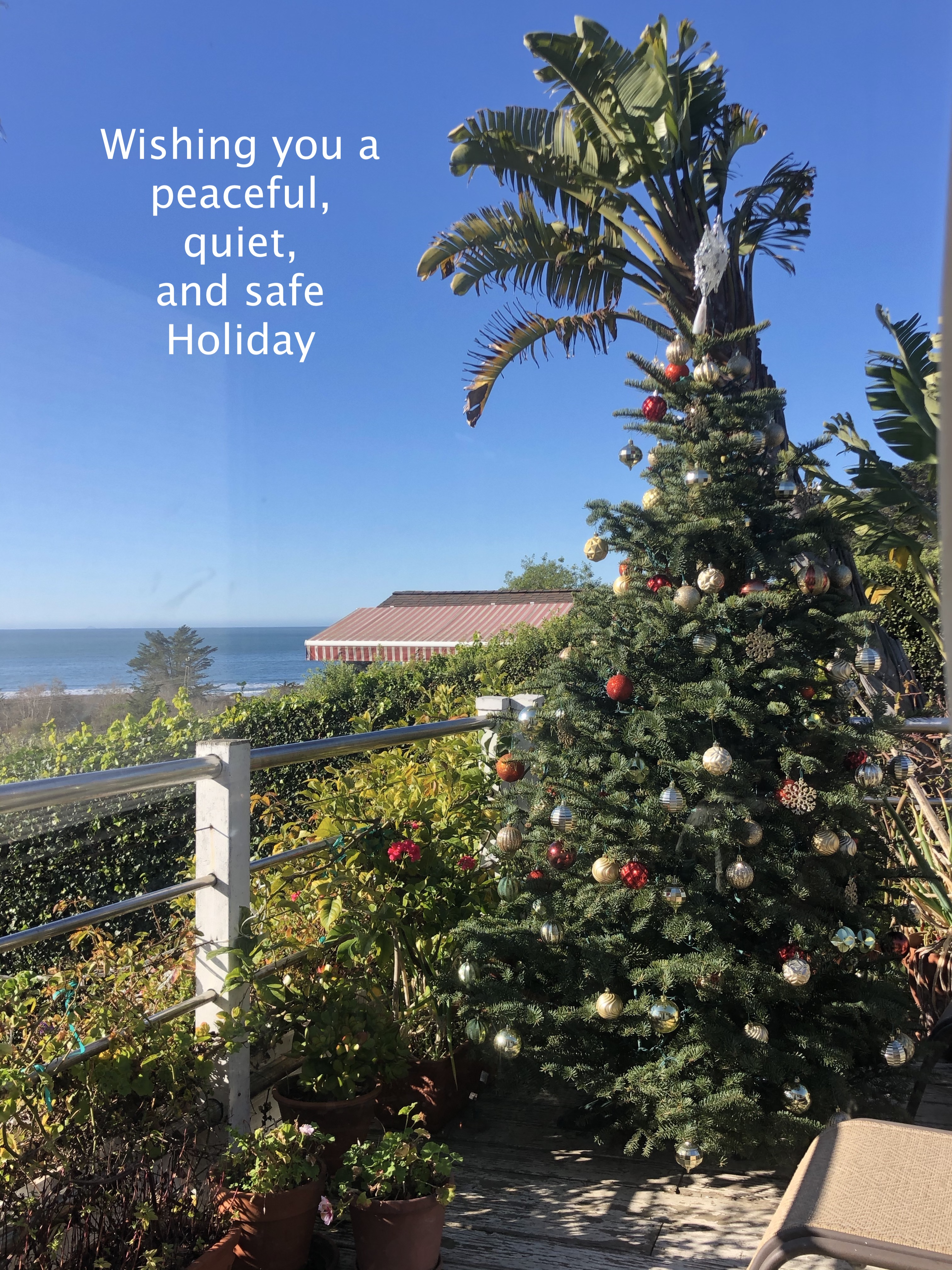
Winter 2020
Christmas 2020…. The end of a very dark year: a pandemic poorly handled, the fractures in our country’s collective consciousness being brought into the light, uncertainty on how to move forward valuing and celebrating diversity in a way that creates a sense of wholeness rather than division. These are the challenges that confront us. At the moment it seems there are collectives that reside in two very different realities: The world of Trump, which from the outside looks like mob-psychology, group think, and the dramatic pressure to view the world from only one point of view. Then there are all those who are outside that world, looking on, that represent multiple perspectives but wonder how to interact with that form of group think. There will clearly be more darkness both from the pandemic and the fall-out from the undermining of the democratic process in this country. I don’t know the way forward but it became clear, as I investigated collective consciousness for my dissertation, that diversification, heterogeneity, and the ability to listen to voices that question are all part of creating a generative collective consciousness. Here is hope to finding our way to a more generative and compassionate future.
My dissertation explored some methods that appear to be helpful in heightening one’s own awareness of our involvement in collective consciousness. All of these methods involve quieting the mind to listen to what arises from within or from Bohm’s implicate order where the connections that form collective consciousness also arise from. Methods such as meditation, especially in groups, or Dialogue can be powerful ways of beginning to recognize one’s involvement in consciousnesses beyond one’s own individual consciousness. Yet, each of the methods require an interest and an investment on the part of the participant. People who are deeply embedded and invested in group think or a mob consciousness are unlikely to want to explore that involvement, much less how to assert their individuality within that consciousness to help transform it to something more generative.
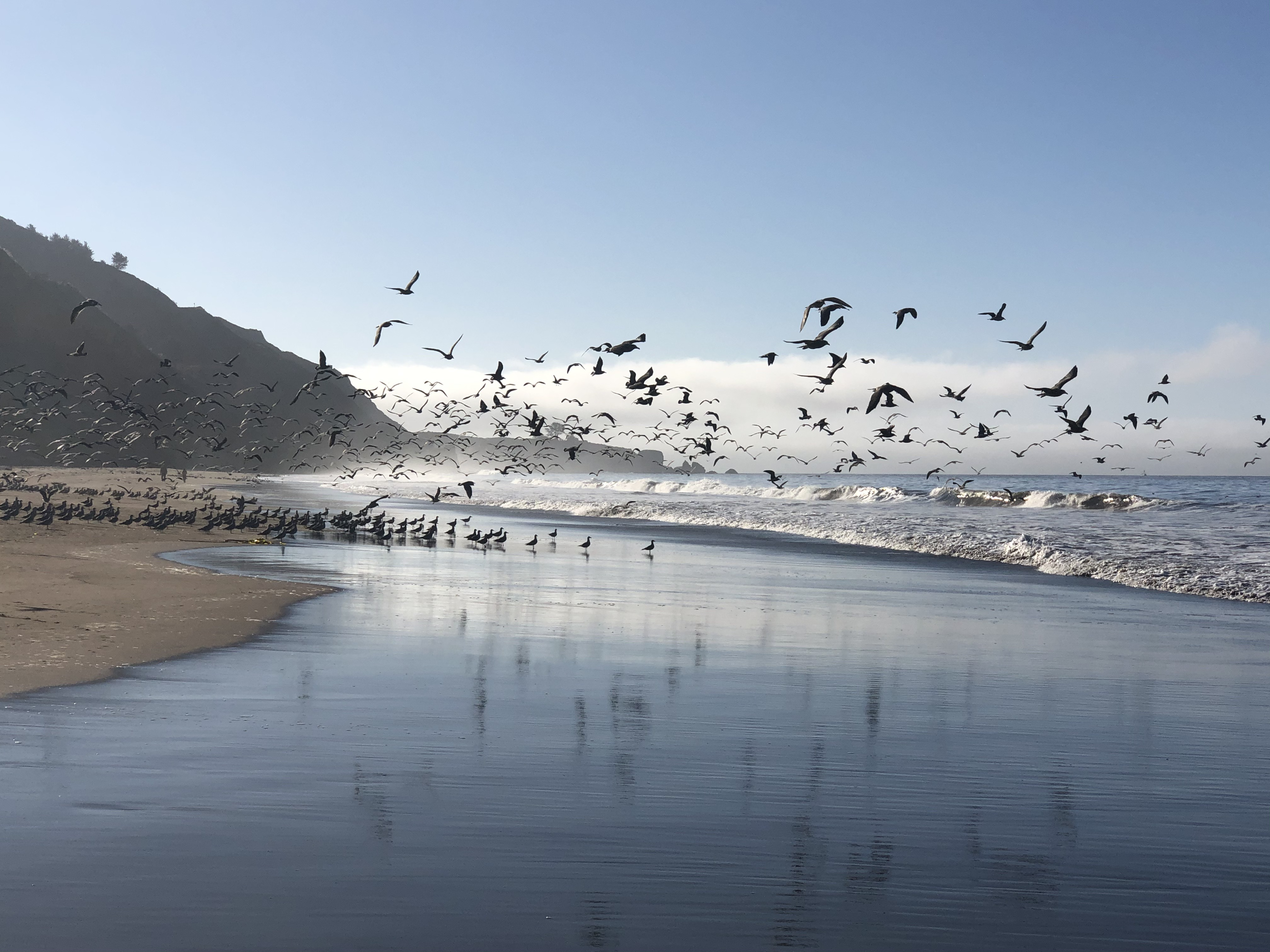
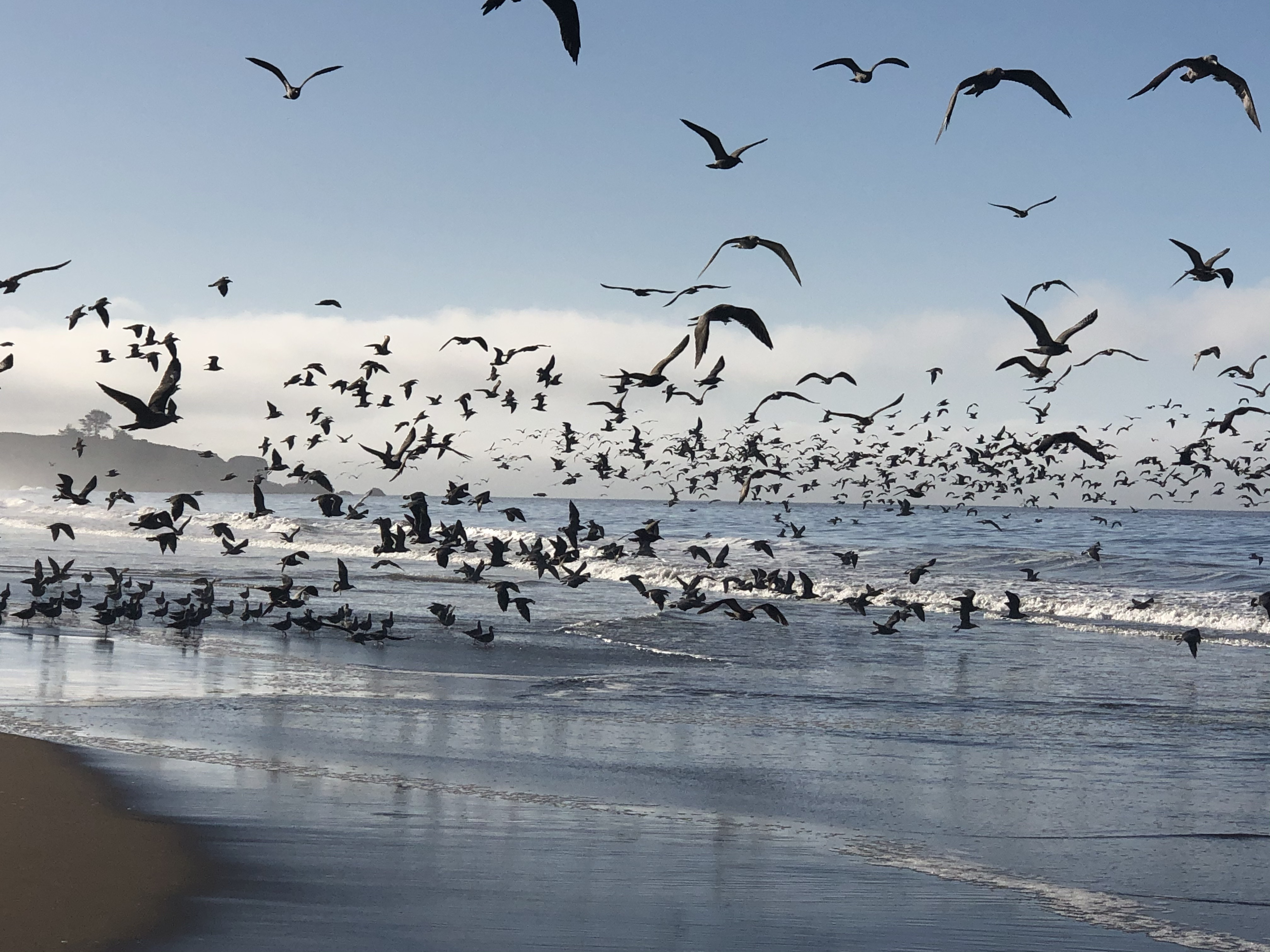
Fall 2020
Musings on Collective Consciousness
It has been a long time since I have posted here. I dove into the process of writing a dissertation and am finally emerging again. My dissertation is now available under papers at this website or through ProQuest open access. The following musings are based on what I learned through the writing of my dissertation.
It feels like we live in perilous times. Many people, including myself, perceive there to be a serious threat to the democratic values of our country. And we have been hit by a pandemic in the midst of this threat, leaving many people reeling from loss of family, from illness, or loss of jobs. Lately I have been contemplating how the findings from my research on collective consciousness can help me and perhaps others, understand and better interact with the current crises that we are dealing with, individually and as collectives.
For me, the most striking finding from my research (probably because I wasn’t looking for it) was how prevalent, across disciplines, was the perception of there being two very different types of collective consciousness. One type of collective consciousness is homogenous with little differentiation. In this type of collective there is pressure for conformity, to all ‘be on the same page’. In collectives of humans this would take the form of adhering to the party line, to shutting out dissenting voices or those that would present another perspective. In general, this type of collective is less flexible and adaptable. It tends to be more rigid in its response to changing environmental circumstances. Terms that might be applied to this type of consciousness are ‘group think’, ‘mob mentality’, Jung’s ‘collective possession’. Another type of collective consciousness is heterogenous with differentiation throughout the system. Collectives of this sort exhibit more adaptability in interaction with their environment. As I found within the field of biology, differentiation allows more flexibility and more complex ways of interacting with the environment.
Watching Trump exhort his supporters and the pressure that I see in those exhortations for sameness along with many republicans having expressed their concern with speaking up within the current administration makes me concerned about the flexibility of response within this administration’s collective consciousness. One effect of this homogeneity is its impact on the response to the Covid-19 pandemic. There does seem to be more differentiation in the collective consciousness of the Democratic party at the moment though at times I see the pressure for conformity arising there and also within the ranks of the supporters of Bernie Sanders.
By becoming aware of the two different types of collective consciousness, I hope to begin to recognize when I am being pulled into the former, less flexible, type of consciousness and to react and respond with more agency within that collective with the hope of not colluding with it and moving it towards a more flexible, healthier, differentiated consciousness.
All of this bears more thinking about along with further exploration of the effect of one person being granted particular influence within a collective consciousness and how that impacts the collective as a whole.

Summer 2013
Early morning musings
In reading Bruce Lipton's 'Biology of Belief' I was struck by his depiction of the brain of the cell as being the membrane that encapsulates it. He speaks of this as where 'choice' occurs for the cell, where it interacts with other, deciding what to let in and what to let out. This struck me as being resonant with the idea of life occurring at the boundary between stasis and chaos, where complexity reigns. In Dialogue groups my focus frequently hones in on the intersection between self and other, what am I perceiving, what of other is showing up in me, how am I influencing the group as a whole? Over and over, I come back to this question of discernment and distinction of self and other. Does consciousness occur at the boundary? Some current theories in physics, struggling to make sense of quantum mechanics, focus on the importance of relationship; that all experience is a matter of relationship; and even perhaps all existence, that in some sense all that is actually exists in the space in between. Karen Barad's work 'Meeting the Universe Halfway' examines Neils Bohr's approach to quantum theory and the question of where one can make the distinction between observer and apparatus, another iteration of where the amorphous boundary between self and other occurs.

This year a friend of mine attended the World Affairs Conference in Boulder Colorado. On her return she suggested I might find interesting a book that was mentioned in one of the talks. I was fascinated when I read the review on Amazon. 'What Technology Wants' by Kevin Kelley points to something that I have been pondering from various viewpoints: how the interaction between mind, beings, and stuff can create something larger than the sum of the individual parts, with a beingness of its own. As with the atoms and cells in our bodies, the larger form stays relatively the same as individual components change. Just the title itself, expresses the implication that there is something beyond the human, in this case technology, that can 'want.' This is a similar observation of the phenomenon that Teildhard de Chardin describes in his concept of the noosphere, where thought, and de Chardin's concepts of centration and radial energy take form. As systems become more complex, less mass generates more stuff that is intangible in the form of thought and information, with there being an inverse relationship between the two. The combination of the various parts of the system, human, structural, material, and thought, synthesize into a larger whole that appears to have its own desire to survive, and thrive, separate from the individual parts that it arises from. Interestingly, Kelley makes the same point that Teilhard de Chardin does, in that as the mind stuff becomes greater and more complex, there is less mass to the material stuff.
I am always intrigued when I come across such similar observations on the nature of reality that stem from such different starting points, with de Chardin's coming from his fascination with the nature of mind and reality, and Kelley's fascination with the interaction of humans and technology.
I highly recommend this thoughtful and very readable book to anyone interested in the nature of reality.

Spring 2013
Ponderings
Recently I have been working to make the techniques of awareness that I practice in dialogue praxis in my daily life. This requires me to constantly bring into awareness my visceral and emotional responses along with the surface thoughts. It heightens my awareness of how I interface with the world around me.
A particular place where I have been noticing my responses/reactions is when I read the various links on an assortment of current issues that I receive daily. I am finding that I have a visceral, withdrawing response to many of them, even when my values are in line with the issue being presented. This response is not to the specific content of the communication but to the language with which it is being delivered. Often these communications use trigger words such as 'military-industrial complex', corporations or corporate, 'Western' and 'science,' all with negative connotations. These words are used as pejoratives and seem to be a pointing to the issues as being created by other. To me, the communications come across as rants, very much like the rants that I have heard referenced by what are considered conservatives, whose values frequently differ from my own. My visceral response to these communications, even when in content they espouse values that I am in line with, is that they are emerging from the 'old' paradigm, while professing to be more aware and enlightened. And they effectively turn me off and shut me down. Seeing this in myself, I find I respond in several ways. If I, who hold similar values to what is being expressed, respond to the implicit negativity in the communication, this communication will only be effective in garnering support from those who already are on board with the issue and who do not react to the underlying negative approach as I do. Those who are not already on board are unlikely to be able to hear the content in an open way. The languaging breeds division and in group/out group sensibilities. This encourages me to try to be more aware of my own efforts at communication and to be sensitive to the use of language and rhetoric, striving for thoughtful, feeling communication rather than using buzzwords as triggers. And then I begin to wonder, if as human animals, whether the idea of evolution of consciousness and a new way of thinking, is just an illusion. Many seem to speak of the concern for working together, with each other, all the other beings on the planet, and the planet itself. Yet when terms are used as trigger words and pejoratives, the underlying, if unconscious, attempt to manipulate others rather than communicate with them persists and we remain embedded in the old paradigm.

Winter 2013
Responsibility
In a recent conversation with my sister, the question of leadership in the group setting arose. I mentioned that dialogue groups are considered to be leaderless groups. She responded that in her authentic movement circle they have defined their group as leaderful. What a lovely shift of perspective. This caused me to ponder the question of the roles we play in groups. If we each take responsibility for our presence in a group then each member of the group becomes a leader, holding, informing, being responsible to their role as integral to the container of the group. An awareness that each and everyone of us, in our presence, impacts those around us in every setting, whether we are consciously engaged or not, can encourage us to take responsibility for how we are present, bringing ourselves to the table in an awake, aware manner.


Fall 2012
Doorways
Dialogue as a Doorway into the Process of Thought:
David Bohm conceived of dialogue as a method through which we can become more aware of our thought processes as they occur. By centering our focus on our internal experience, the proprioception of nuances in our somatic experience, we can begin to feel the precursors of thought as they arise. Tightness or sensation in various parts of our bodies occurs as thought arises and takes form. This focus on sensation can serve to slow down the process of thought, allowing us to observe our thoughts as they take form.
In this way we can observe the dynamics as well as the content of thought, bringing it into awareness and allowing us to respond rather than to react to both the content of our own thought and to that which is expressed by others. Dialogue becomes a opening that gives us great conscious access to our own experience.
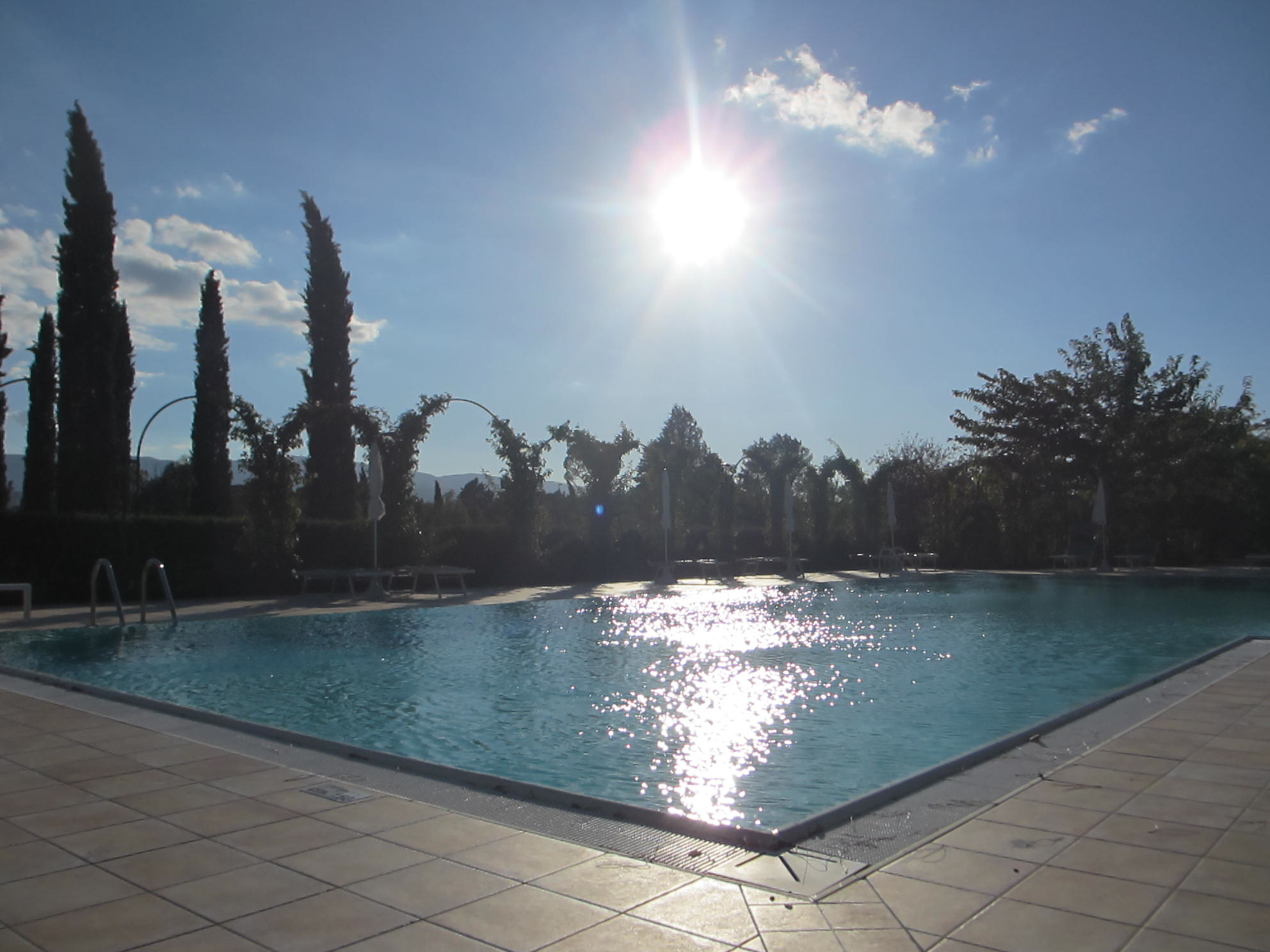
Summer 2012
Silence:
A summer highlighted by two solo long distance drives, from coast to coast and back again, threw into sharp relief the experience of a recent meditation retreat. This retreat was held for the most part in silence, especially in between the meditation and discussion sessions. Though the group of participants was not large (around sixteen) and the venue was lovely, there was very little private space. All rooms were shared and many were open to each other. As such, the only space that was private was one's own interior space. As I watched and sat with my inner processes through out the weekend I realized that, perhaps because of my tendency towards introversion, I was highly aware of the presence of others and the impact generated by the pervasive sense of other beings around me. I found that I missed being able to make the more intimate contact of dyadic or triadic conversations. This brought into my awareness that, for me, dyadic interactions cut through the density of the field of energy produced in a close environment of many people. Where I feel directly connected and in relationship to a few others, I feel less impacted by the sensations of the many others that I am not in direct contact with. It will be interesting to hold this observation in my awareness as I now move into other settings.
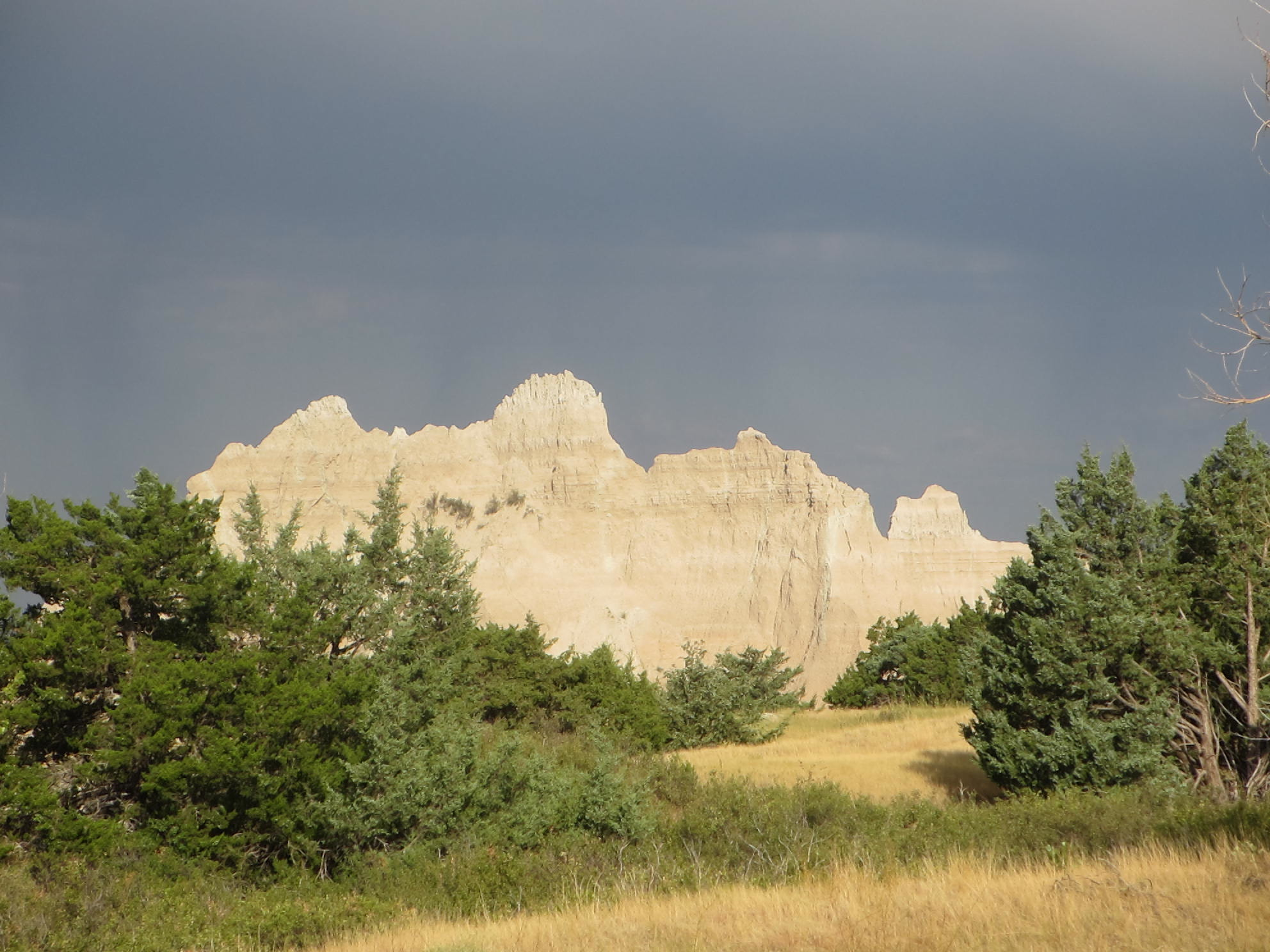
Summer 2010
Resonance:
Four women are sitting in a room, in dialogue. The eldest, a woman in her early nineties, is seated on an ottoman. The other three are sitting cross-legged on the floor. They form a loose cross shape.
One of the women comments that, as she is sitting there, she experiences a sense of density from the woman on her left, who is in her early thirties. To her right, where the eldest woman sits, she experiences-if not exactly a lightness-a lack of density. The woman across from her, on the cusp of sixty as she is, she experiences as neutral. She speculates that when we are born perhaps we have a density that lightens over time, as we move towards passing on.
I, the convener of this dialogue session, sitting directly opposite the woman who has commented, notice that the woman to my right, the youngest, is sitting against the backdrop of a black granite fireplace and is dressed in a black top and black leggings. The eldest woman, on the ottoman to my left and directly opposite the youngest, is dressed in a light colored top and pants. Behind her are open, double doors to a light-filled kitchen. I, and the woman across from me-both of us on the cusp of sixty-are dressed in white tops and dark pants. Behind each of us is a wall with one or two windows.
I marvel at the serendipity that has seated us in this manner, along with our choice of clothing, supporting the experience of the woman who has made the comment. If we had sat differently, would she have experienced this variation of density so intensely? Is the perception caused by the resonance of the backdrop? Did we naturally gravitate to these positions and these clothes to allow and reinforce this perception?
Do we live in a resonant universe that allows us to experience its integrity if we are awake and aware?
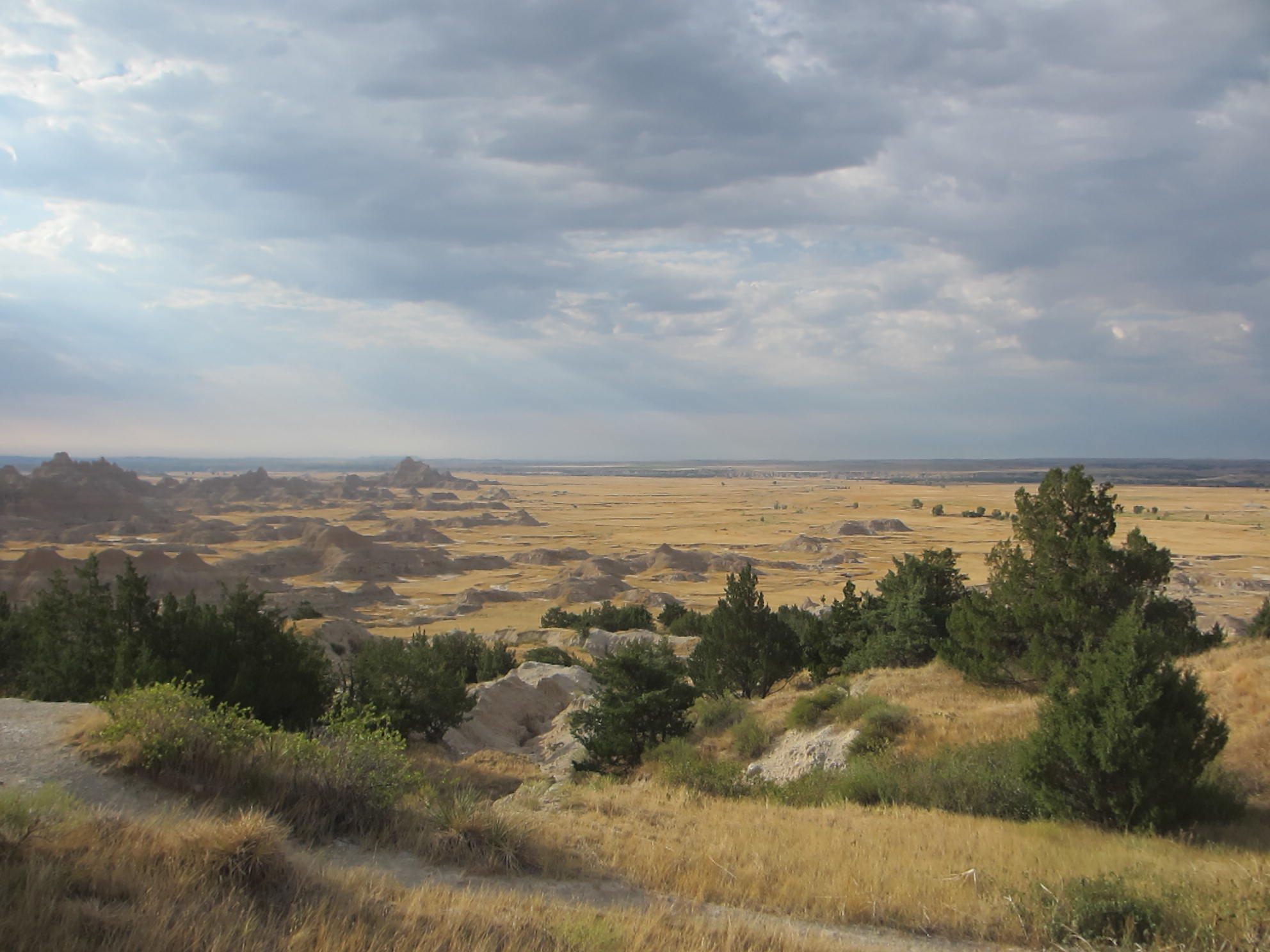

Spring 2010
Containers:
Patrick De Mare worked with David Bohm on the development dialogue groups. As a group psychotherapist he found, from his experience with groups, that the dynamics changed when the group became larger (twenty to forty members). The larger group could hold the space for multiple confrontations as well as more challenging ones. His thinking was that with more group members not actually involved in the discussion (s), they formed a container for the group process. By being present, by witnessing, what was occurring between other members, the non verbalizing members of the group create a container where challenges can safely be explored. They hold the space for the group.
In an ongoing larger dialogue group that I attend, two members began to intensely challenge each other's worldview, dominating the discussion. The discussion itself was fascinating. It was an exploration of a scientific worldview in opposition to a resonant universe or new age point of view. Even though I was thoroughly engaged in listening to the discussion, I eventually needed to leave the room for the restrooms (this was a three hour session). I was reluctant to leave, not wanting to break the flow between the two discussants or to seem rude. Eventually I felt there was enough energy in the room to support the continuance of the conversation and slipped out of the room. Another woman took advantage of my motion and followed me. Shortly after I came back I realized that one of the two men had left. At first, I, and others, assumed that he was also taking a restroom break but he did not return to the session. As it moved towards the close of the evening the group began to speculate why he did not return, whether he had become angry or upset. We recognized that we could not know. I now wonder whether my leaving along with the other woman decreased the power of the container in the room enough that it could no longer hold the intense discussion. Perhaps the room was no longer 'safe' for this discussion.

Late Winter 2009
Acceptance:
Being present with the specific intent of being aware of both my personal and the group's dynamics changes and enriches my experience of the group. This element of conscious dialogue allows me deep satisfaction. Even my irritation at other members or my sense of disengagement from the process becomes rich, nourishing material. There is no 'wrong' in the group if one is present to whatever is going on, noting one's own and other's reactions, learning from them. The conversation never seems shallow because I am mining the many levels of process, both group and individual, to see what they reveal.
***

